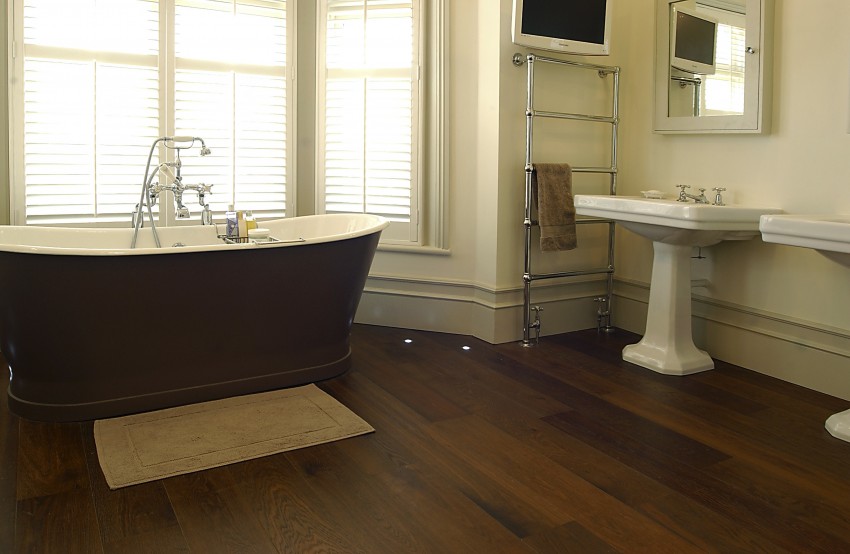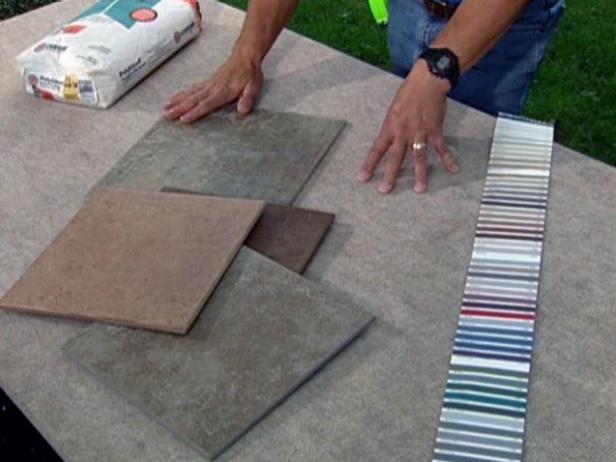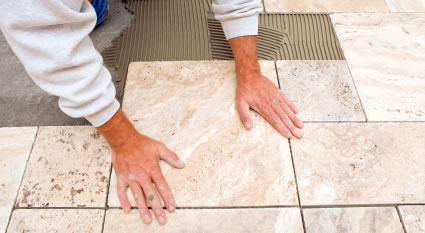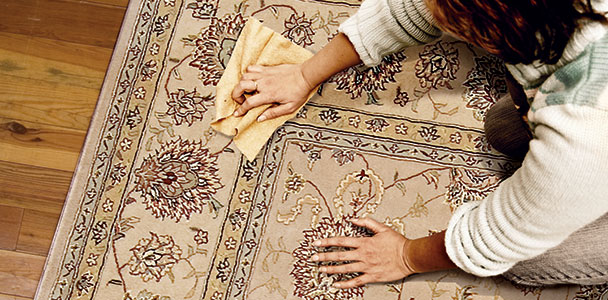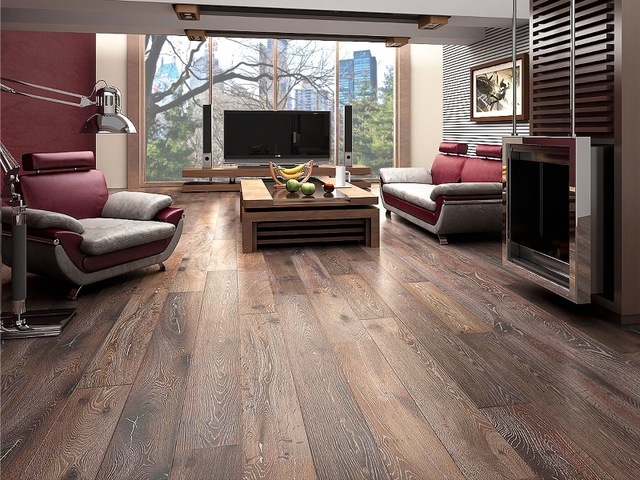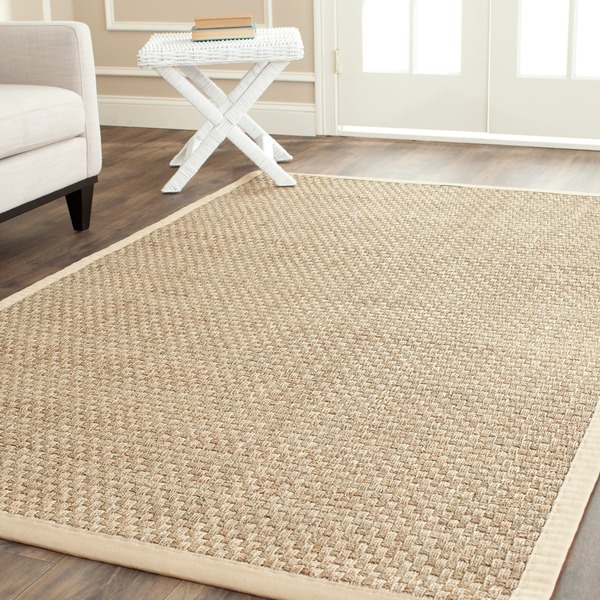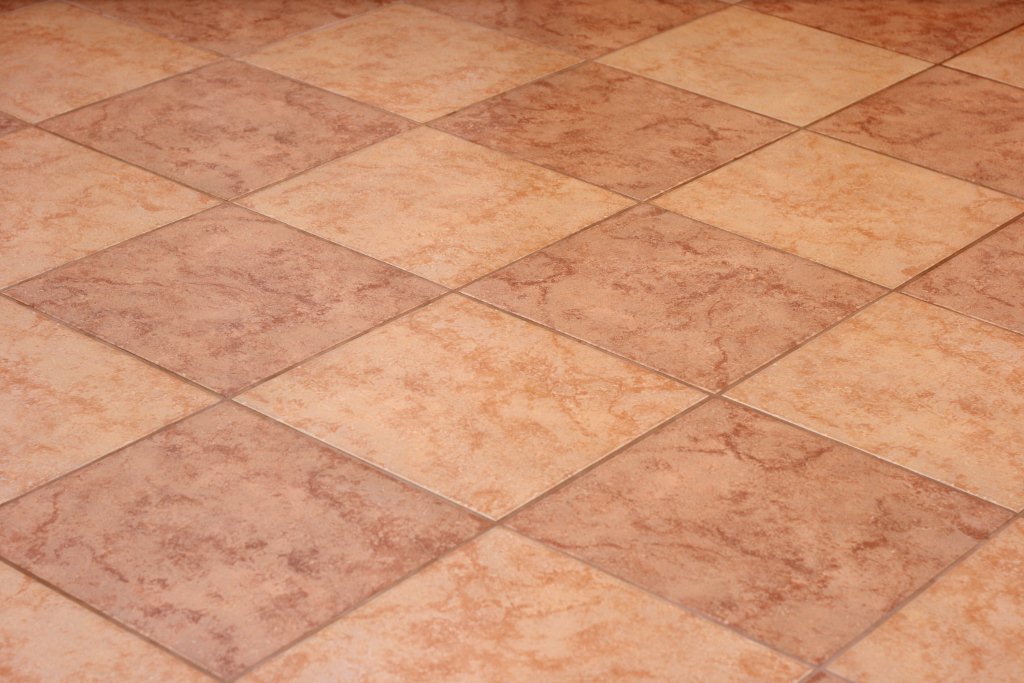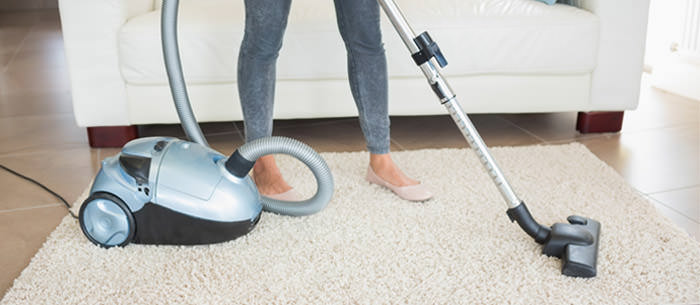There are lots of options for your bathroom floor design. Each has its own pros and cons. Picking the right bathroom floor surface for your design should however be based on factors such as safety, maintenance, and overall theme of the bathroom.
Learn about your different bathroom floor surfaces before choosing which one you should you pick for your bathroom design.
Hardwood

Hardwood may be a quite expensive bathroom floor option but the mood and effect it sets to the entire bathroom design makes it worth the cost. Hardwood also creates a cohesive look if it is your choice flooring for your entire house. When you opt for hardwood bathroom floor design, coat it with clear gloss sealant to keep it watertight. Also ensure you are using best toilet in the bathroom to prevent any leakage.
Carpet

Carpet not only provides warmth underfoot, it also softens the features of the room. Carpet as a bathroom floor surface, however, may not be a viable choice for potentially waterlogged bathroom. Consider it as an option as long as it is stain-, mildew- and water-resistant.
Stone

Perhaps one of the most expensive flooring options for your bathroom design is natural stone such as limestone and marble. If budget is not a problem, the natural beauty it creates (just like hardwood) is all worth the cost. Added to that, natural stone is very durable and requires less maintenance. However, stones in polished form can be slippery when wet. Unpolished form on the other hand (stones that are either sandblasted or ground flat but not polished) may require sealant to prevent stains.
Ceramic Tile

Ceramic tile is the most common bathroom floor design option since it is relatively cheap, easy to install and replace, very durable, hygienic, and has a vast variety of sizes, colors and patterns. There are several types of ceramic tile according to porosity classifications: non-vitreous (most absorbent), semi-vitreous, and vitreous (least absorbent). These type of materials also used to make some of the best toilets which will enhance the beauty of your bathroom.
Vinyl

Another common bathroom floor design option is vinyl which comes in tiles and sheets. Vinyl tiles have an array of size and patterns. Installation is very convenient and replacement of one tile is very easy. However, vinyl tiles create lots of seams, which provide a breeding ground for germs. Vinyl sheets on the other hand come in rolls of 6- or 12-feet wide and provide a seamless look. Both tiles and sheets are easy to clean and effectively resist moisture and stains.
Laminate

Laminate is made from layers of different materials that are compacted under pressure to bond together for strength. Example is wood fiber, resin, and Kraft paper. The top layer of the laminate plank is a photographic image that can simulate other materials such as ceramic tiles and wood grain. Laminate is a good choice if you desire long term stylish and cheap bathroom floor design.
Pebble

Another viable option for bathroom floor design is pebble tile. Pebble tiles are actually made from smooth pebbles attached to a mesh backing. This makes it easy to cut depending on the shape and size of the bathroom floor.
Bamboo and Cork

As green bathroom floor design option, bamboo and cork came from tall tropical grasses that replenish themselves every year. Both are durable and resist bacteria, mildew, and mold and repel moisture naturally – qualities that must be present in excellent bathroom floors.
Also do not forget to have the best basement dehumidifier for your home as the there will be lot of humidity in the basement areas if you have bathrooms in the basements.
